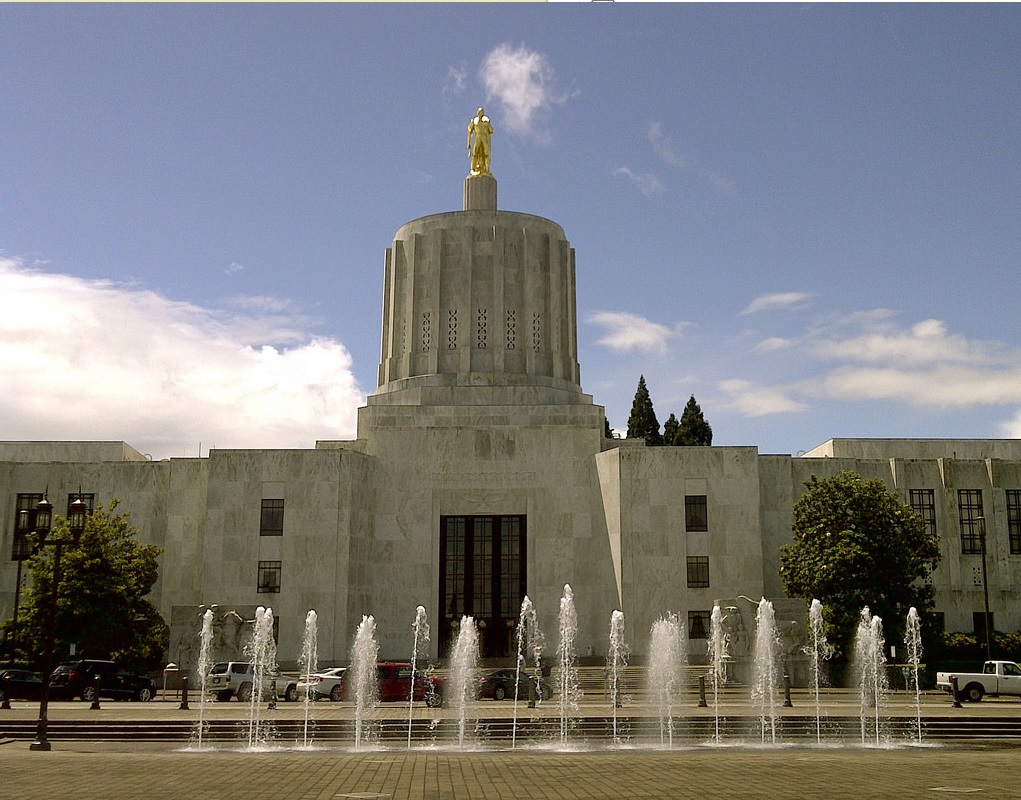Oregon is less than three months away from the next meeting of the Legislature and cap-and-trade is coming back.
While California is setting the cap-and-trade example with sky-high power rates and rolling blackouts, Oregon’s State Senator Michael Dembrow is reworking the bill that failed to get enough Democratic votes earlier this year.
Last summer’s attempt at imposing cap-and-trade gave rise to the Timber Unity movement, who descended on the capitol with hundreds of log trucks and whose Facebook group has more than 53,000 members.
The latest tweaks are aimed at bringing skeptical Democrats on board and stifling Republican dissent.
But, here’s the thing…. Cap-and-trade can’t be tweaked. The proposal is fundamentally flawed. It’s all pain and no gain. In fact, the only way cap-and-trade “works” is if the pain is bigger than the gain.
The state itself estimates gas prices will increase by more than 20 cents a gallon in the first year alone, which would give Oregon the third highest prices in the country—below California and Hawaii. No amount of tweaking will make that go away.
Put simply, cap-and-trade won’t work in Oregon. And no amount of reworking will make it work. Our legislators can avoid log trucks rolling through Salem and rolling blackouts throughout the state by shelving their plans for cap-and-trade.
Eric Fruits, Ph.D. is Vice President of Research at Cascade Policy Institute, Oregon’s free market public policy research organization.
Disclaimer: Articles featured on Oregon Report are the creation, responsibility and opinion of the authoring individual or organization which is featured at the top of every article.



